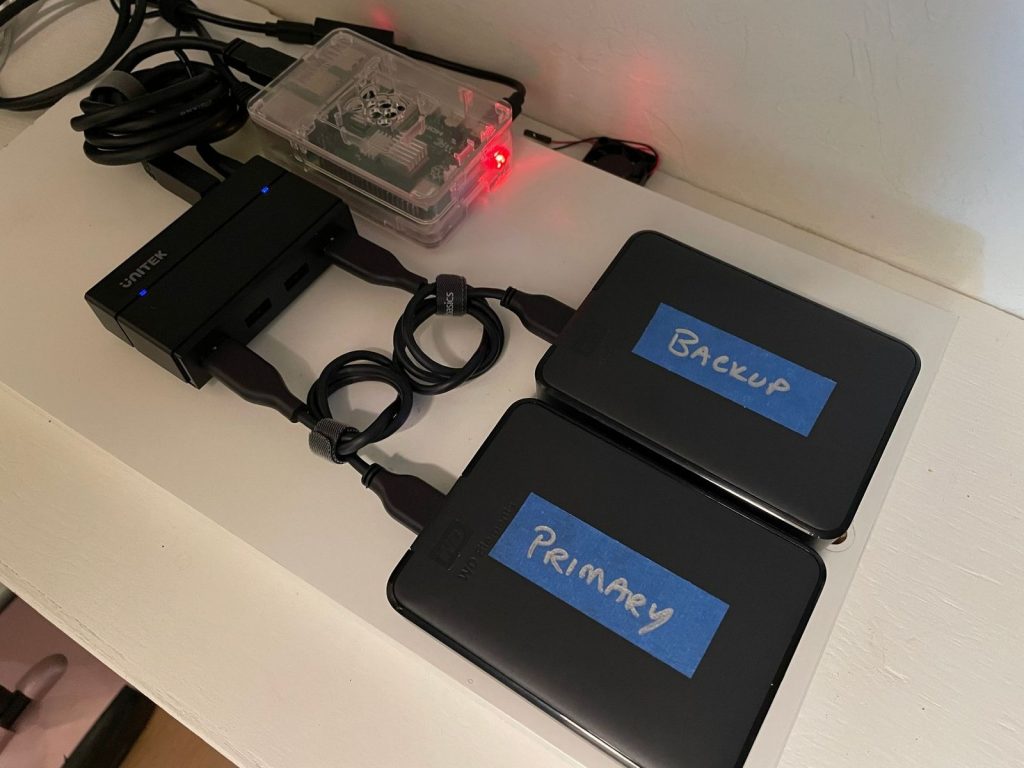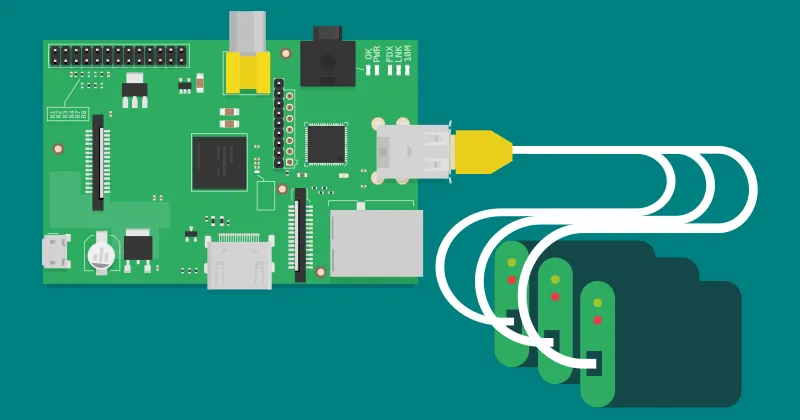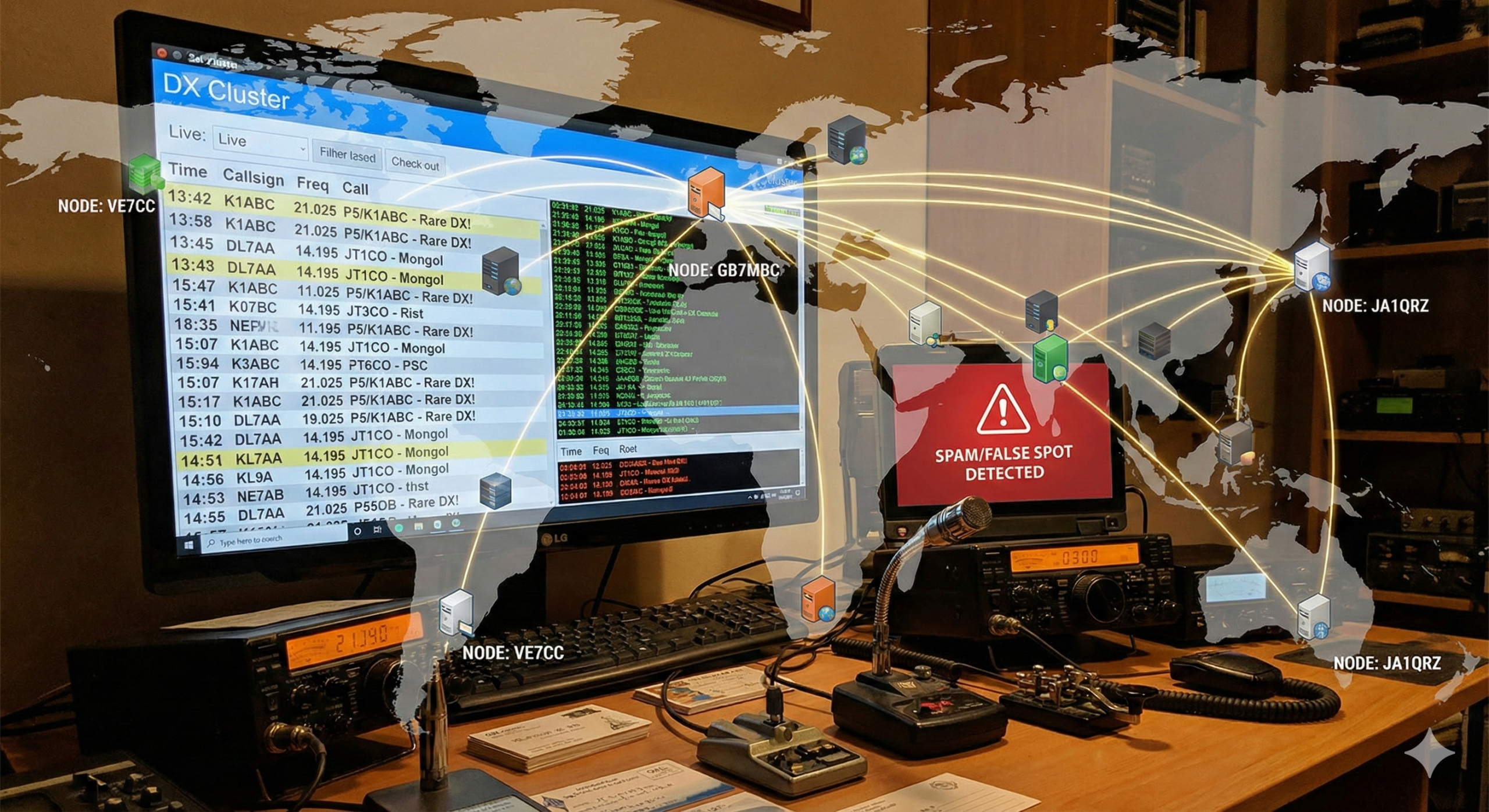amateur radio
backup
DIY
do it yourself
free open source software
ham radio
logging
network
open source
raspberry pi
remote
storage
amateur radio, APRS, call sign database, cloud storage, data backup, digital modes, DIY NAS, dxpedition, emergency communications, file sharing, ham radio, ham radio tools, logging software, NAS, network storage, nextcloud, open source, OpenMediaVault, radio logging, Raspberry Pi NAS, remote access, Rockstor, sdr, SDR recordings, server storage, TrueNAS, XigmaNAS
9M2PJU
0 Comments
The Best Open-Source NAS Solutions for Amateur Radio Enthusiasts
In the world of amateur radio, efficient data storage and management are essential for various applications, including logging contacts, storing SDR recordings, and managing DXpedition logs. A Network Attached Storage (NAS) system provides a centralized solution for storing, accessing, and sharing data across multiple devices. In this blog post, we’ll explore the best open-source NAS solutions and how they can benefit amateur radio operators.
Why Amateur Radio Operators Need a NAS?
A NAS system can serve multiple purposes in the amateur radio community, including:
- DXpedition Log Storage: Securely store logs from remote operations and enable real-time syncing with cloud services.
- SDR Recordings: Save and manage large SDR (Software-Defined Radio) recordings without cluttering your main workstation.
- Call Sign Database Management: Store and retrieve updated call sign databases.
- Software & Firmware Repository: Maintain a repository of amateur radio software, firmware updates, and digital mode configurations.
- Remote Data Access: Access important radio logs and settings from anywhere in the world.
- Collaboration and Data Sharing: Share logs and resources with other operators and radio clubs.
By setting up an open-source NAS, you gain flexibility, security, and cost-effectiveness compared to proprietary cloud solutions.

Best Open-Source NAS Solutions
Here are some of the best open-source NAS solutions suitable for amateur radio operators:
1. TrueNAS (formerly FreeNAS)
- Based on: FreeBSD
- Features: ZFS file system, snapshots, data encryption, cloud sync, and RAID support.
- Why it’s great for hams: Reliable for storing large SDR files and DXpedition logs with built-in redundancy.
2. OpenMediaVault
- Based on: Debian Linux
- Features: Web-based UI, plugin support, NFS/Samba sharing, and RAID support.
- Why it’s great for hams: Easy to set up on Raspberry Pi for a lightweight logging storage solution.
3. Rockstor
- Based on: CentOS (migrating to OpenSUSE)
- Features: Btrfs file system, replication, and snapshot support.
- Why it’s great for hams: High resilience and data protection, perfect for SDR recordings and long-term storage.
4. XigmaNAS
- Based on: FreeBSD
- Features: ZFS, remote access, encryption, and RAID support.
- Why it’s great for hams: Supports running services like logging servers and backup utilities.
5. Nextcloud (with NAS Integration)
- Based on: Linux/PHP
- Features: Cloud-based file sharing with NAS integration.
- Why it’s great for hams: Ideal for remote access to DXpedition logs and sharing with team members.

Building Your Own NAS for Amateur Radio
1. Hardware Requirements
You don’t need an expensive setup to build an efficient NAS. Here are some hardware options:
- Low-power NAS: Raspberry Pi 4 with external USB storage (ideal for small-scale logs and personal use).
- Mid-range NAS: An old PC with at least 4GB RAM and multiple hard drives.
- High-end NAS: A custom-built server with multiple drive bays and RAID support.
2. Installing an Open-Source NAS OS
- Download the ISO: Choose one of the NAS distributions listed above.
- Create a Bootable USB: Use tools like Rufus (Windows) or
dd(Linux/macOS) to create a bootable USB drive. - Boot & Install: Insert the USB into your NAS machine, boot from USB, and follow the installation wizard.
- Configure Storage: Set up RAID, ZFS, or Btrfs as needed.
- Enable File Sharing: Configure SMB, NFS, or FTP for accessing data.
- Set Up Remote Access: Enable VPN, SSH, or Nextcloud integration.
3. Configuring NAS for Amateur Radio Use
- Logging & Backup: Sync logging software (like N1MM or WSJT-X) to the NAS for automatic backups.
- DXpedition File Sharing: Use Nextcloud to share logs with remote team members.
- SDR Storage: Save large IQ recordings for post-processing.
- Weather & APRS Data Storage: Store weather and APRS logs for analysis.
Final Thoughts
A NAS is a valuable tool for amateur radio operators, providing secure storage for DXpedition logs, SDR recordings, and digital mode settings. By leveraging open-source NAS solutions like TrueNAS, OpenMediaVault, or Nextcloud, you can build a powerful and cost-effective storage system tailored to your radio operations.
Whether you’re a casual radio hobbyist or an expedition leader logging thousands of contacts, a well-configured NAS can improve efficiency, enhance data security, and facilitate collaboration. With some basic hardware and open-source software, you can create a flexible and scalable storage system that serves your radio adventures for years to come.
Do you already use a NAS for your amateur radio activities? Share your setup in the comments below!







Post Comment